Related Research Articles
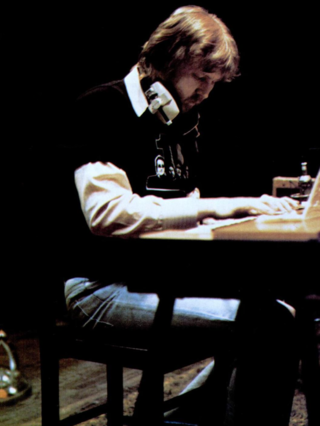
Harry Edward Nilsson III, sometimes credited as Nilsson, was an American singer-songwriter who reached the peak of his commercial success in the early 1970s. His work is characterized by pioneering vocal overdub experiments, returns to the Great American Songbook, and fusions of Caribbean sounds. A tenor with a 3+1⁄2 octave range, Nilsson was one of the few major pop-rock recording artists to achieve significant commercial success without ever performing major public concerts or undertaking regular tours.

Mary Hopkin, credited on some recordings as Mary Visconti from her marriage to Tony Visconti, is a Welsh singer-songwriter best known for her 1968 UK number 1 single "Those Were the Days". She was one of the first artists to be signed to The Beatles' Apple label.

Dreams are Nuthin' More than Wishes was David Cassidy's third solo album release. It was released in 1973 and produced by Rick Jarrard on Bell Records. It contains some cover versions, including John Sebastian's "Daydream", Peggy Lee's "Fever" and Nilsson's "Puppy Song"—whose lyrics make up the album title. David Cassidy also did his version of the Partridge Family song, "Summer Days".

Gallagher and Lyle were a Scottish musical duo, comprising singer-songwriters Benny Gallagher and Graham Lyle. Their style consisted mainly in pop, soft and folk rock oriented songs.
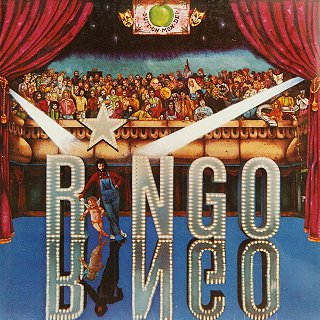
Ringo is the third studio album by English musician Ringo Starr, released in 1973 on Apple Records. It peaked at No. 7 on the UK Albums Chart and No. 2 on the Billboard 200, and has been certified platinum by the RIAA. In Canada, it reached No. 1 on the RPM national albums chart.
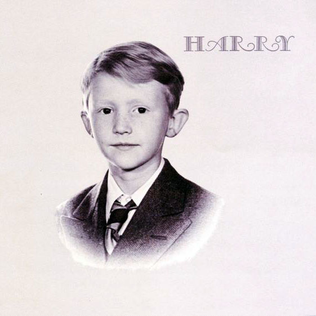
Harry is the fourth studio album by Harry Nilsson, released August 1969 on RCA. It was his first album to get onto Billboard Magazine's Billboard 200 chart, remaining there for 15 weeks and reaching #120.

"Those Were the Days" is a song credited to Gene Raskin, who put a new English lyric to the Russian romance song "Дорогой длинною", composed by Boris Fomin (1900–1948) with words by the poet Konstantin Podrevsky. It deals with reminiscence upon youth and romantic idealism. It also deals with tavern activities, which include drinking, singing and dancing.
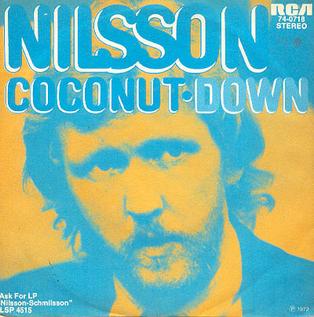
"Coconut" is a novelty song written and first recorded by American singer-songwriter Harry Nilsson, released as the third single from his 1971 album, Nilsson Schmilsson. It was on the U.S. Billboard charts for 14 weeks, reaching #8, and was ranked by Billboard as the #66 song for 1972. It charted minorly in the UK, reaching #42. "Coconut" did best in Canada, where it peaked at #5.
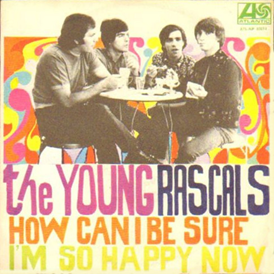
"How Can I Be Sure" is a popular song written by Felix Cavaliere and Eddie Brigati, and originally recorded by the Young Rascals for their 1967 album Groovin' with a single release in August 1967 affording the group their fourth Top 10 hit peaking at #4.
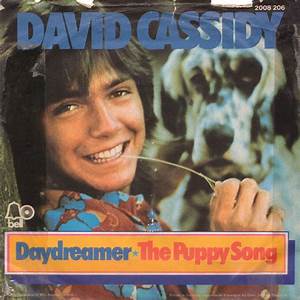
"Daydreamer" is a song by the American singer David Cassidy.

"Goodbye" is a song written by Paul McCartney and performed by Mary Hopkin. It was released on 28 March 1969, and it reached No. 2 in the UK singles chart, prevented from reaching the top position by the Beatles' single "Get Back". In the US, released 7 April 1969, the song reached No. 13 on the singles chart. In the Netherlands and Ireland the single peaked at No. 1.

"Daydream" is a popular song written by John Sebastian, first released in 1966. It was originally recorded that year by Sebastian's group the Lovin' Spoonful and appeared on their album of the same title. Sebastian played the harmonica, as well as doing his own whistling in the instrumental section plus the coda before the song's fade.

For the Love of Harry: Everybody Sings Nilsson, released on 9 May 1995 by Musicmasters, is a tribute album by various artists and dedicated to the songs of American musician Harry Nilsson. The album was released the year after Nilsson's death. Proceeds went to the Coalition to Stop Gun Violence.
"All for the Beatles" is a song written and released in 1964 by Harry Nilsson and John Marascalco. It was released as a single with the alternative title "Stand Up and Holler" under Nilsson's pseudonym Foto-Fi Four and was packaged with a synchronized standard 8 mm film of The Beatles first arriving in the United States in 1964.
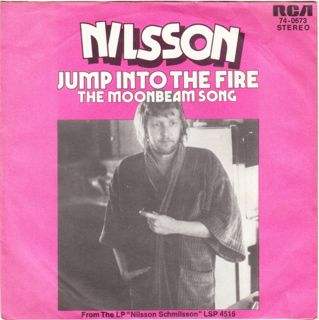
"Jump into the Fire" is a song by American singer-songwriter Harry Nilsson from his 1971 album Nilsson Schmilsson. It was also issued as the album's second single, after "Without You", and peaked at number 27 on America's Billboard Hot 100 chart and number 16 in Canada.
"This Could Be the Night" is a song recorded by the American band Modern Folk Quartet (MFQ) in late 1965 or early 1966. The lyrics describe a couple on the verge of conquering their inhibitions. Written in tribute to Beach Boys leader Brian Wilson, the song is one of three that are credited jointly to Harry Nilsson and Phil Spector, although Nilsson submitted that he was the sole writer on a 1966 copyright form.

"You're Breakin' My Heart" is a song by American singer-songwriter Harry Nilsson, appearing on his 1972 album Son of Schmilsson. It is notorious for the opening line, "You're breakin' my heart / You're tearin' it apart / So fuck you".

"Gotta Get Up" is a song written by American singer-songwriter Harry Nilsson and the opening track from his 1971 album Nilsson Schmilsson. It was first released as the B-side to his single "Without You". "Gotta Get Up" is an upbeat pop song with a music hall feeling and lyrics about transitioning from carefree youth to adult responsibility. Nilsson based the lyrics on his experiences working at a bank and on his parents.
References
- 1 2 3 "David Cassidy: Artist Chart History". Official Charts Company.
- ↑ Shipton, Alyn (2013). Nilsson: The Life of a Singer-Songwriter. OUP USA. pp. 75–76. ISBN 9780199756575.
- ↑ Shipton, Alyn (2013). Nilsson: The Life of a Singer-Songwriter. OUP USA. pp. 80–81. ISBN 9780199756575.
- 1 2 Kutner, Jon; Leigh, Spencer (2010). 1,000 UK Number One Hits. Omnibus Press. ISBN 9780857123602.
- ↑ Shipton, Alyn (2013). Nilsson: The Life of a Singer-Songwriter. OUP USA. p. 95. ISBN 9780199756575.
- ↑ "Nilsson - Maybe / The Puppy Song".
- ↑ "Bell Ringing Loud and Clear". Billboard. October 27, 1973.
- ↑ Davis, Sharon (2012). Every Chart Topper Tells a Story: The Seventies. Mainstream Publishing. ISBN 9781780574103.
- ↑ "Top 10 Best Selling UK Singles of 1973". Pop Record. Archived from the original on 20 February 2014.
- ↑ Barker, Rob (December 1, 2020). "339. David Cassidy – Daydreamer/The Puppy Song (1973)". Every UK Number 1.
- ↑ Kent, David (1993). Australian Chart Book 1970-1992 . St Ives, N.S.W.: Australian Chart Book. ISBN 0-646-11917-6.
- ↑ "Top Selling Singles for 1973". Sounds . London, England: Spotlight Publications: 4. 5 January 1974.
- ↑ "National Top 100 Singles for 1974". Kent Music Report. December 30, 1974. Retrieved January 15, 2022– via Imgur.
- ↑ Courrier, Kevin (2005). Randy Newman's American Dreams. ECW Press. p. 133. ISBN 1550226908 . Retrieved 2013-05-26.